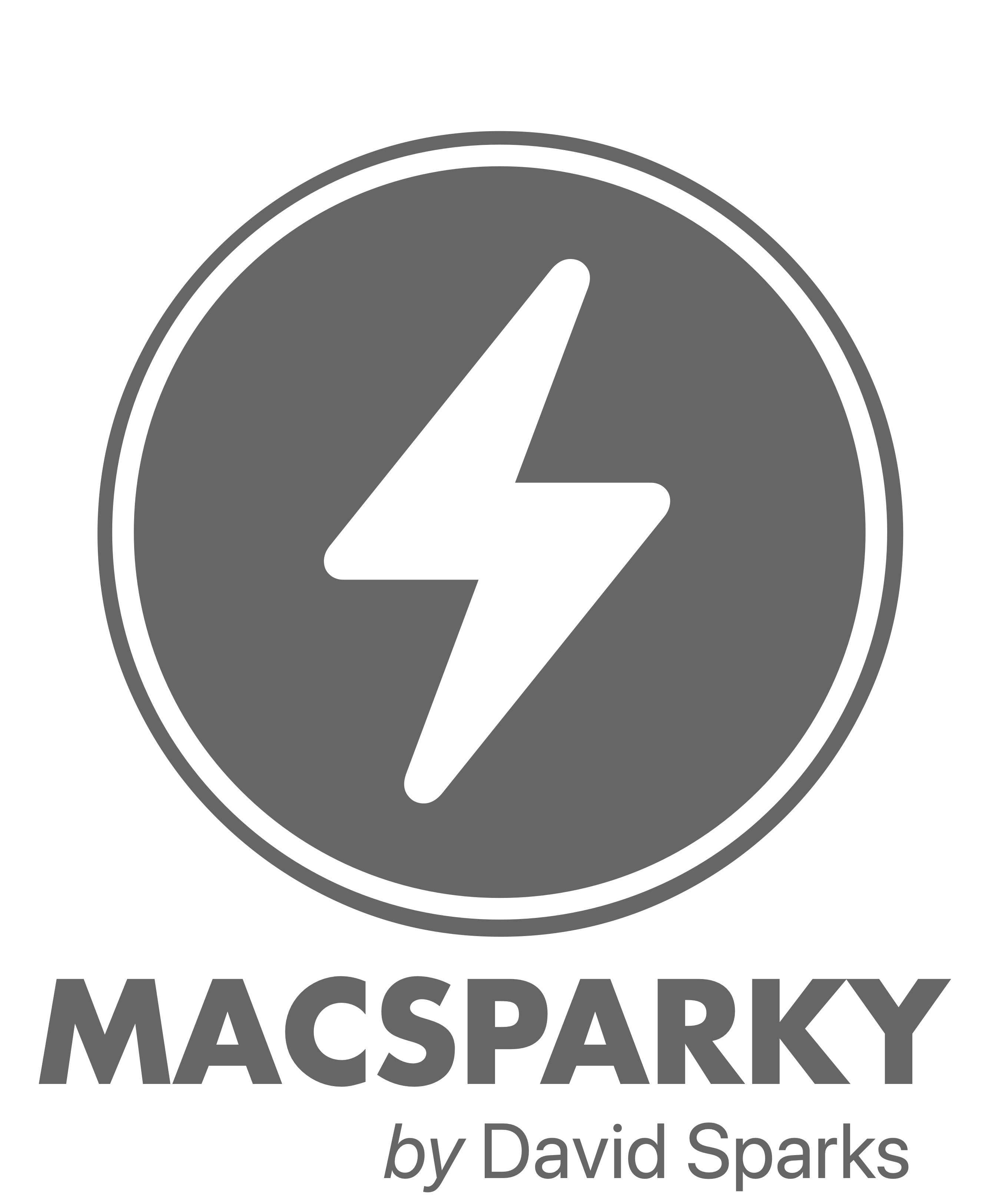The Sparks family had an amazing vacation in January. It was one of those once-in-a-lifetime trips to London and Paris. My kids are at the perfect age, and my wife and I both agreed that we don’t know how many years we have left with both of them around to vacation with us.
My point is, I didn’t want to spend the entire vacation working. So I spent some time deliberately thinking about work before I left. As a business lawyer, I often have clients dealing with one sort of emergency or another, and that is unavoidable if I want to continue in this racket. Non-emergencies, however, are a different story. My plan was to get up a few hours early every day and deal with whatever emergencies were thrown my way and then close the computer and spend the rest of the day with my family. It was a ten-day trip and how much day-to-day stuff could really pile up, right?
For once, I stuck to the plan. Partly thanks to jet lag, getting up early wasn’t a problem and the several emergencies that appeared all got handled.
The surprising part for me was precisely how much non-emergency stuff piled up in my absence. I spent the plane ride home reading Cal Newport’s Deep Work, and I had this grand plan about how I was going incorporate a bunch of his ideas into getting more work done on my next book starting the day after I returned.
That didn’t happen.
Instead, I took stock of the backed-up legal and podcasting work and smacked my forehead. I had to dig out. For a day or two, I kept thinking I could get my fresh start on writing more for the book while digging out but eventually I worked through the four stages of grief and arrived at “acceptance”. My deep work on the book was going to have to wait a little bit longer.
So instead I resolved that I would just focus on digging out. I made a list and (for a few weeks) largely cut myself off from social media, television, and other diversions. It turns out I needed two weeks to get caught up with work. It’s probably obvious to most people, but the biggest revelation for me in this process was where I stopped and just accepted that, despite my efforts, nothing new could happen until I dug out. Once my brain wrapped around the idea, it was a lot easier to put my head down and get the work done. It probably sounds silly, but I’m quite pleased with myself having survived the deluge and enjoyed the big vacation.
As I write this, I’m finally back in a place where I can put time into the book. This morning I put several hours into writing, and it feels great. Chapters are showing up in the iBooks Author file, and boxes are getting checked. Stay tuned.


